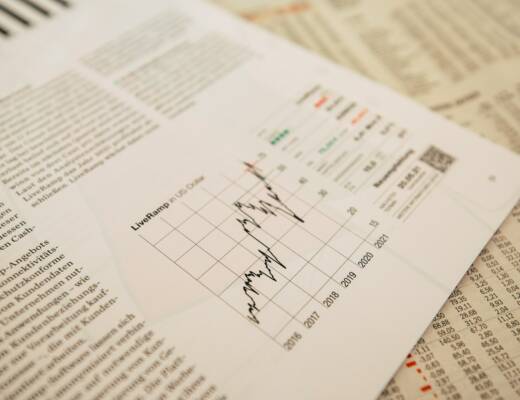We still think earnings growth is going to be good,” said Yardeni Research chief markets strategist Eric Wallerstein. “It’s more so just uncertainty weighing on [valuation] multiples.”Trade policy risks favor the S&P 493 over the Mag 7, according to Goldman Sachs. The Mag 7 stocks are more vulnerable to global growth concerns, as nearly half of their revenue comes from international markets — unlike the broader S&P 493, which is more domestically focused. pic.twitter.com/6J7FGsBFTB
— Holger Zschaepitz (@Schuldensuehner) April 3, 2025
While views on the economic outlook have soured, most economists and equity strategists aren’t calling for a recession.We all know the math: the stock market historically grows by 10-11% over the long term but only has gone up 60-70% of the time. That means it has corrected 30-40% of the time. Surviving those drawdowns is the price of admission.
— Jurrien Timmer (@TimmerFidelity) April 2, 2025
The odds of being in a 10% drawdown have been… pic.twitter.com/J1quyxlWd1
Market concerns following correction territory
BlackRock’s chief investment and portfolio strategist for the Americas, Gargi Chaudhuri, said her team remains “overweight US equities.” Research from Carson Group chief markets strategist Ryan Detrick shows that 10% corrections happen frequently and often do not extend into bear markets. We do not see a bear market coming,” said Detrick. BMO Capital Markets chief investment strategist Brian Belski echoed this sentiment. “These types of corrections that happen this fast go right back up and recover just as fast, if not more,” Belski said. The recent market drop has happened at an unusually fast clip, according to data from Bespoke Investment Group. This rout marks only the 17th time since 1953 that the S&P 500 has fallen at least 7.5% from an all-time high in three weeks or less. However, in the past 16 situations, the market was higher on average when looking at one week, one month, three months, six months, and a year following the decline. One year later, the market had rebounded more than 13% on average and was in the green 69% of the time. “If the last 16 occurrences have taught us anything, it’s that the market at the very least attempted a bounce in the weeks and months after prior sharp pullbacks from record highs,” Bespoke said. Image Credits: Photo by Firmbee.com on UnsplashNasdaq $QQQ has now fallen nearly 16% from its February all-time high (including today's move after the close) ? Bear Market is fast approaching ? pic.twitter.com/nydAeoYglq
— Barchart (@Barchart) April 3, 2025






